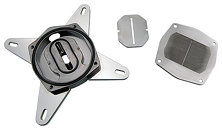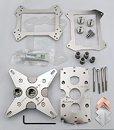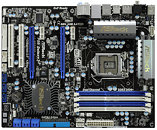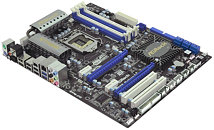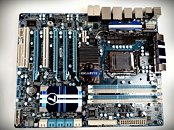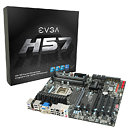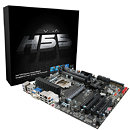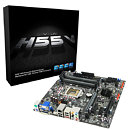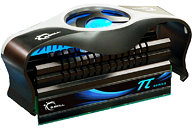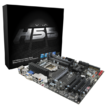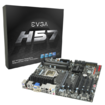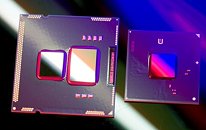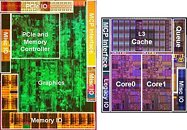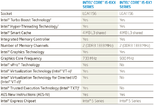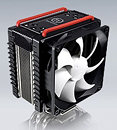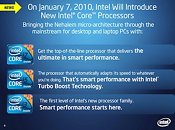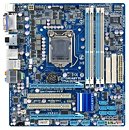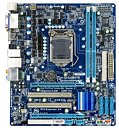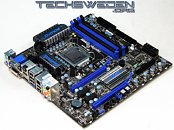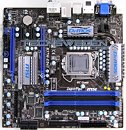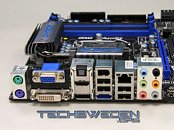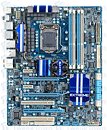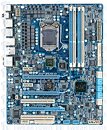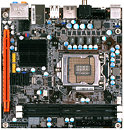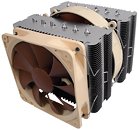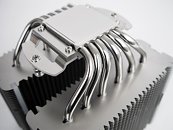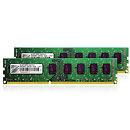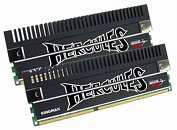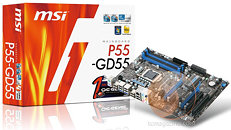A promising new technology from LucidLogix, the Hydra, has perhaps hit its biggest roadblock. The Hydra multi-GPU engine allows vendor-neutral and model-neutral GPU performance upscaling, without adhering to proprietary technologies such as NVIDIA SLI or ATI CrossfireX. NVIDIA, which is staring at a bleak future for its chipset division, is licensing the SLI technology to motherboard vendors who want to use it on socket LGA-1366 and LGA-1156 motherboards, since Intel is the only chipset vendor. On other sockets such as LGA-775 and AM3, however, NVIDIA continues to have chipsets that bring with them the incentive of SLI technology support. NVIDIA's licensing deals with motherboard vendors are particularly noteworthy. For socket LGA-1366 motherboards that are based on Intel's X58 Express chipset, NVIDIA charges a fee of
US $5 per unit sold, to let it support SLI. Alternatively, motherboard vendors can opt for NVIDIA's nForce 200 bridge chip, which allows vendors to offer full-bandwidth 3-way SLI on some high-end models. For the socket LGA-1156 platform currently driven by Intel's P55 Express chipset, the fee is lower, at
US $3 per unit sold.
The Lucid Hydra engine by design is vendor-neutral. It provides a sort of abstraction-layer between the OS and the GPUs, and uses the available graphics processing resources to upscale resulting performance. This effectively kills NVIDIA's cut, as motherboard vendors needn't have the SLI license, and that users of Hydra won't be using SLI or Crossfire anymore. Perhaps fearing a loss of revenue, NVIDIA is working on its drivers to ensure that its GeForce GPUs don't work on platforms that use Hydra. Perhaps this also ensures "quality control, and compatibility", since if the customer isn't satisfied with the quality and performance of Hydra, NVIDIA for one, could end up in the bad books. This could then also kick up warranty issues, and product returns.










